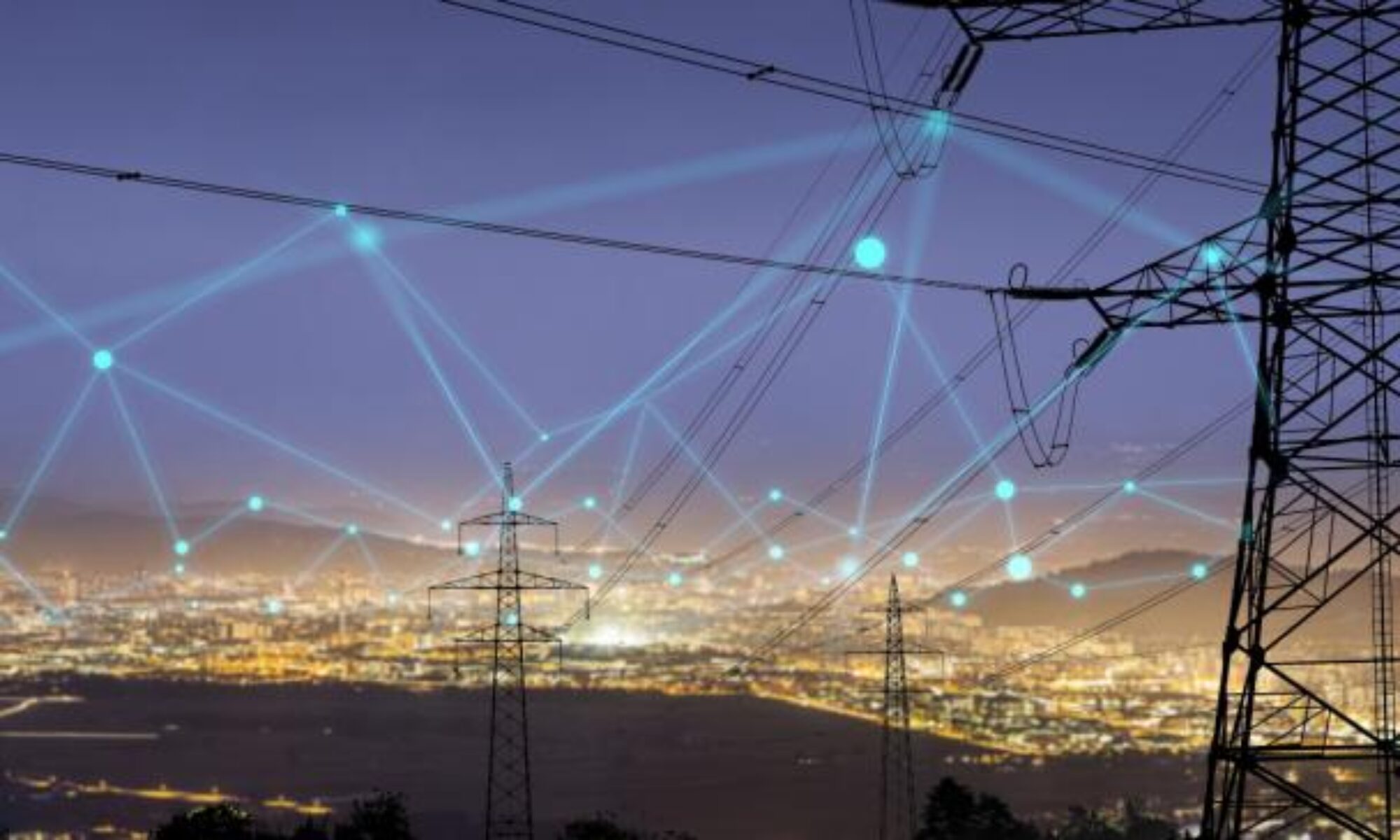Yesterday the Portland Press reported on the approval of a rate increase by CMP that included recovery of “subsidies” for solar amounting to an additional cost fo $5/month for the average customer.. I was quoted in the article. While no one likes increasing costs for electricity, focusing only on this cost number alone is like looking at Picasso’s 11 by 25 foot painting Guernica through a small tube. What you see is only a small part of the overall picture. That’s because there are significant, but not well understood, benefits to ratepayers that are far larger and offset these costs.
This cost of solar is real and comes from the fact that when Maine began encouraging local community projects and rooftop installations, an advantageous rate was offered. In fact most small local power markets began exactly this way, and Maine was no different. We passed a bill last year recognized that the advantageous tariff was no longer needed to spur the market and adjusted Maine’s program, closing it after this year. But that is just the cost side of the equation.
The benefits of distributed generation includes the commodity value of the electricity it produces and the value of its different attributes which it provides to the distribution grid. This is not a theoretical concept but is employed in other states. Our problem is that there is no way to show those cost savings on everyone’s bill, so they are unknown and all ratepayers see is the added cost. But these benefits are quite real and include:
· Reducing the cost of wholesale power. Every bit of energy produced by solar projects offsets power that would have otherwise been produced by expensive natural gas power plants. This impact can be seen in real time. If you go to https://www.iso-ne.com/isoexpress/web/charts, look at the upper left chart and click on the yellow orange square, you will see (this is yesterday’s chart). The top line is what electricity use would have been without solar. The blue line is what it really was. That gap, without solar, would have been filled with expensive power from natural gas fired plants,

· Reducing payments for power capacity. Our power grid pays certain power plants to guarantee they be available when called upon, and those payments are passed on through our power costs. Solar (and wind) reduce the number of these plants needed and lowers that cost.
· Reducing infrastructure costs. Utilities invest in poles and wires to meet the highest demand for power anticipated. Local solar power reduces that demand, and that translates to lower investments. Substations and other facilities need to be maintained. Lower peak demand reduces their need for service. By promoting local power sources, NEB helps to create a more robust and flexible grid, better equipped to handle disruptions and extreme weather events. This is particularly important for Maine’s rural communities, where access to reliable energy is essential for economic and social well-being.
· Environmental benefits. Since these local renewable sources of power offset fossil power, emissions of pollutants as well as greenhouse gases are reduced. By promoting clean, renewable energy sources like solar, NEB contributes to a healthier environment for current and future generations. The report quantifies these benefits, estimating that NEB led to a reduction of over 600,000 tons of CO2 emissions in 2023, equivalent to taking over 130,000 cars off the road.
The bill that ends this program at the end of 2024 also required the PUC to do a cost benefit analysis of NEB. Last April the study was completed and the findings were clear: NEB has yielded considerable financial benefits. For instance, in 2023, the program cost $130.76 million but its benefits amounted to $160.33 million. These are not merely abstract numbers but translate directly into cost savings for Maine’s ratepayers. This study shows that every dollar of solar “subsidy” generates a benefit of $1.25.
This is not to say that NEB is perfect. Over time we need to move to a system where energy costs reflect their true value. In the case of electricity, that amount varies significantly by location and the time it was produced. We have a long way to go to transition our existing regulatory structure to one that reflects reality. And, in fact the PUC report acknowledges the challenges associated with NEB, including the need to ensure equitable access for all Mainers. But these challenges are not insurmountable. Expanding community solar projects, exploring innovative financing models, and investing in grid modernization can address concerns about equity and grid resilience.
Most importantly, we need to reform our regulatory structure in a way that recognizes both the costs and benefits of local generation, allowing us to see the whole picture.
